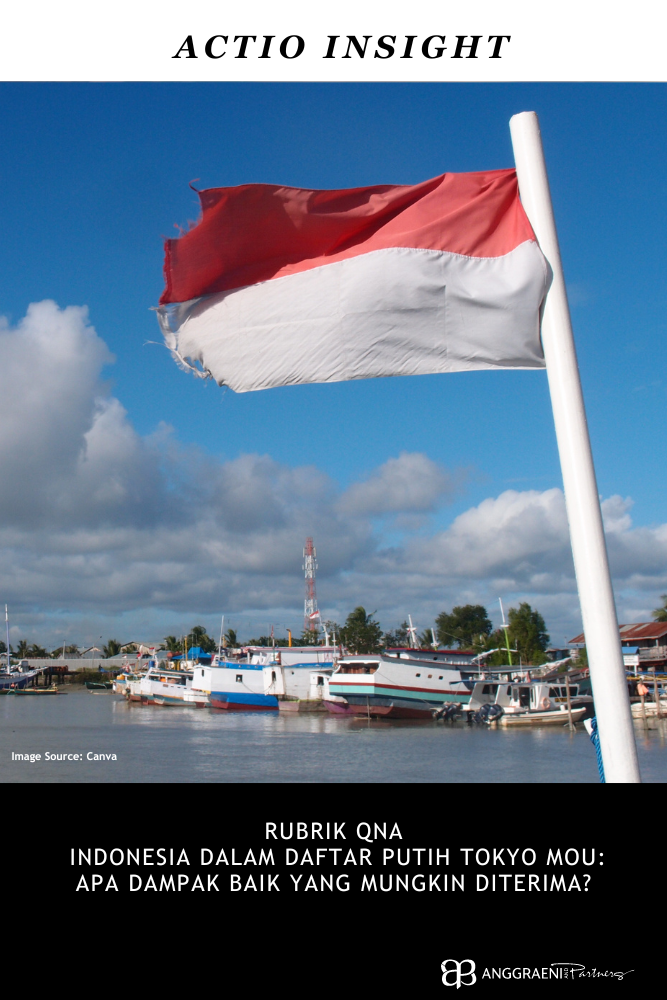INDONESIA’S INTANGIBLE CULTURAL HERITAGE: THE KEY TO RESTORE THE INDUSTRY TO ITS POST-PANDEMIC SUCCESS
The existence of COVID-19 has been detrimental to many countries in the world, especially in the economic sector. In Indonesia, one of the essential sectors that has been especially affected is the tourism industry. For instance, Bali, arguably Indonesia’s most popular tourist destination, recorded 6.3 million direct foreign tourist arrivals in 2019.1 The number plummeted tremendously in 2020 with only 1.05 million foreign tourists2 visiting, and only 43 foreigners in the first 9 months of 2021.3 The effect is reflected in locally generated revenue and the Bali province, which earned 4 trillion rupiahs in 2019, was only able to generate revenue, which decreased by 25 percent, and earned 3 trillion rupiahs in 2020. The outlook for Bali remains bleak for 2021.
As a country with rich culture, Indonesia is known to have tangible cultural heritage sites such as Borobudur temple or Komodo National Park, and intangible ones, such as its folklore, performing arts, dance, batik, and many others. In fact, until 2017, the Ministry of Education and Culture reported and listed that Indonesia had identified 594 intangible cultural heritage ‘’objects’’.
The United Nations Educational, Scientific, and Cultural Organization’s (UNESCO) Convention for the Safeguarding of the Intangible Cultural Heritage of 20037 stated that intangible cultural heritage has an abstract nature, such as concepts and technology, and its nature can pass and disappear over time, amongst others: language, music, dance, ceremonies, and various other structured behaviours. Based on UNESCO’s definition, 11 elements of intangible cultural heritage have been identified including: wayang puppet theatre, keris, batik motifs, batik education and training by the Pekalongan Batik Museum, angklung, saman dance, three genres of traditional Balinese dance, noken (Papuan woven bags), pinisi (the art of boat building), pencak silat, and Pantun.
Despite the massive potential of Indonesia becoming the centre of intangible cultural heritage tourism, this topic is being less scrutinised than the tangible ones. Law Number 11 of 2010 concerning Cultural Heritage does not even mention the intangible cultural heritage. However, an ordinance that regulates intangible cultural heritage is the Regional Regulations of Special Region of Yogyakarta Number 3 of 2017 concerning Maintenance and Development of Culture, which includes strengthening the cultural objects and inclusion of the society and its participation. It even encourages all the residents of Yogyakarta to manage their own culture, in which the local government should facilitate the effort. Unfortunately, this ordinance has no application nationwide and is restricted to the Yogyakarta Special Region only.
Nationally, Indonesia has not promulgated any similar laws or statutes with such a wide scope. The Government did however pass legislation concerning Adat in 2013. The Ministry of Education and Culture Regulation Number 106 of 2013 concerning the Intangible Cultural Heritage of Indonesia encourages each individual or Adat people to register their intangible cultural heritage actively. This registration will later be determined as an official intangible cultural heritage by the said Ministry. Unfortunately, this directive does not regulate maintenance or development, but only to ensure the registration of cultural heritage such that the heritage will not disappear over time. The statute unfortunately focuses on regulating the administrative aspects of the registration.
Without the intervention of the government to enact a law mandating all citizens and residents of Indonesia to maintain and develop the intangible cultural heritage, there will be no assurance that the heritage will not be forgotten and be preserved. This will be a loss for Indonesian culture as well a loss for the tourism industry.
According to UNESCO, Indonesia ranks as the country with the 12th most number of intangible cultural heritage listed and recognised. Indonesia should be more ambitious to reach the list’s pinnacle. Prentice, Witt, & Hamer stated in their work, cultural heritage tourists “usually seek informed visitor experience rather than merely gazing,” Indonesia should increase its focus on emphasising the internal experience for tourists to come and experience the sensation of the rituals and intangible cultural beauty which is part of Indonesia’s heritage. Each intangible part of our cultural heritage is inherently part of and complementary to, the tangible cultural heritage ones. SP/TWK/HES


